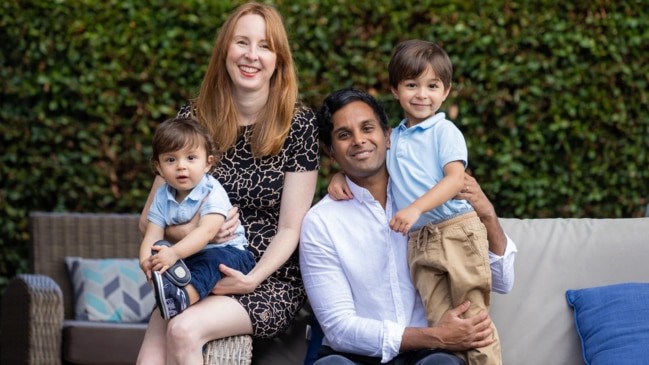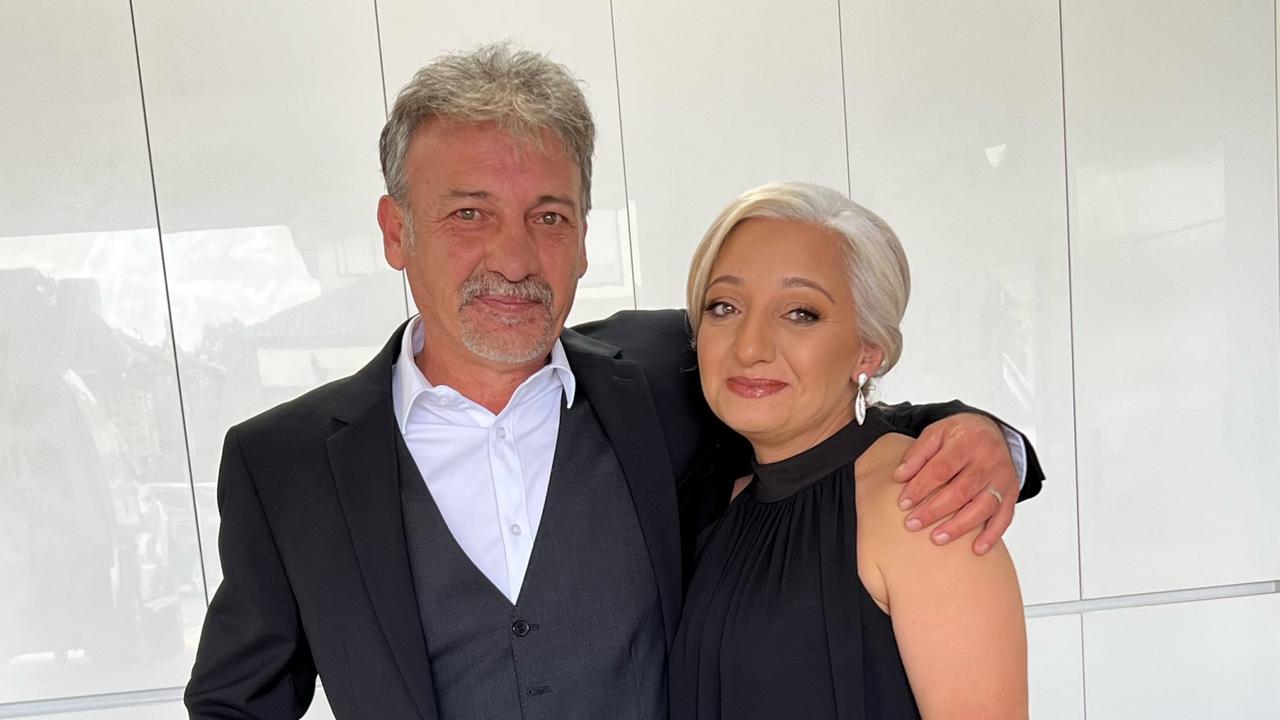The new IVF treatments improving pregnancy rates in Australia
A new “super soft” technique has increased success rates. See the league table for the best performing IVF clinics in Australia.

National
Don't miss out on the headlines from National. Followed categories will be added to My News.
First there were the cotton wool kids – now meet the cotton wool embryos.
A breakthrough IVF treatment which uses a “super soft way” of fertilising sub-optimal eggs is helping Aussie women realise their dreams of having a baby.
The Piezo ICSI technique uses a gentle high-speed vibration motion similar to a jelly wobble to gently penetrate an egg with a sperm.
In a Monash IVF trial 16 babies were born using the Japanese developed Piezo technique compared to just one baby with regular Intracytoplasmic Sperm Injection (ICSI), Monash IVF Group Medical Director Professor Luk Rombauts said.

“We also found Piezo results in more embryos being created per cycle which can then be frozen for future use, presumably because it causes less internal stress in the egg,” Prof Rombauts said.
Monash IVF Group Chief Scientific Officer Associate Professor Deirdre Zander Fox said the “technology is particularly beneficial for women aged over 38 years, whose egg quality is usually poorer due to their age, and for women with fragile eggs.”
One in 18 births in Australia are now the result of IVF and over four decades pregnancy success rates have increased fivefold from just 10 per cent to 50 per cent in some clinics.
SEARCH THE TABLE BELOW:
Monash IVF is also trialling a new Australian developed sperm separator called Felix to isolate the healthiest sperm from a sample.
The Felix system is based on the fact that the healthiest sperm cells and those with the least DNA damage are negatively charged.
“Basically we put the ejaculate into a device passing an electric current across it. The sperm cells are pulled by the current across a membrane and into a harvest chamber which from which we collect them,” Professor John Aitken, who developed the technology, said.
The method is 10 times faster than conventional techniques and the trial will tell whether the new technique improves IVF pregnancy rates.
“You do want to have the best sperm and the best eggs to make the best embryo to give the best chance of a successful healthy baby,” Monash IVF male infertility expert Professor Rob McLachlan said.

IVF provider Genea is experimenting with artificial intelligence to improve IVF outcomes using computers to match thousands of hormone profiles to thousands of successful pregnancies and figure out the right dose of hormones needed in each age group to produce the best eggs.
They then plan to look at genetic factors in individual women that affect their hormone receptors so they can tailor the fertility treatment to each individual.
“Given the vast amount of data that’s available, and the computational capabilities that exist now, I think that there’s going to be a really drastic improvement in our ability to improve outcomes for patients in the next five to 10 years,” Genea’s Scientific Director Steven McArthur said.
In other developments Symex labs is building an innovative bio-sensor patch that can continuously track ovulation using hormone sensing similar to the way continuous glucose monitoring works for Type 1 diabetes management.
Renee Kelly was told she had a 2-8 per cent chance of getting pregnant in her late 30s after being diagnosed with endometriosis.
She underwent six rounds of IVF to have her two sons Luke aged 4 and William aged 14 months.
William was born when she was aged 40 and after the 41 year old medical sales representative from Melbourne took part in a clinical trial using the new Piezo ICSI technique.
“We just thought that there was better odds with ICSI than just doing it the traditional way which is just letting the sperm find the egg, and (with William) we used Piezo which uses vibration and is supposed to mimic what happens in real life,” she said.
“I definitely dealt with depression. And I needed support from a psychologist and I did end up on antidepressants. I’m just being honest because I feel like that’s the right thing to do for other women who are looking at it,” she said.
With two wonderful healthy children at the end of her IVF journey Ms Kelly said “it feels like a brand new chapter like I was able to actualise our dreams as a couple”.
More Coverage
Originally published as The new IVF treatments improving pregnancy rates in Australia




